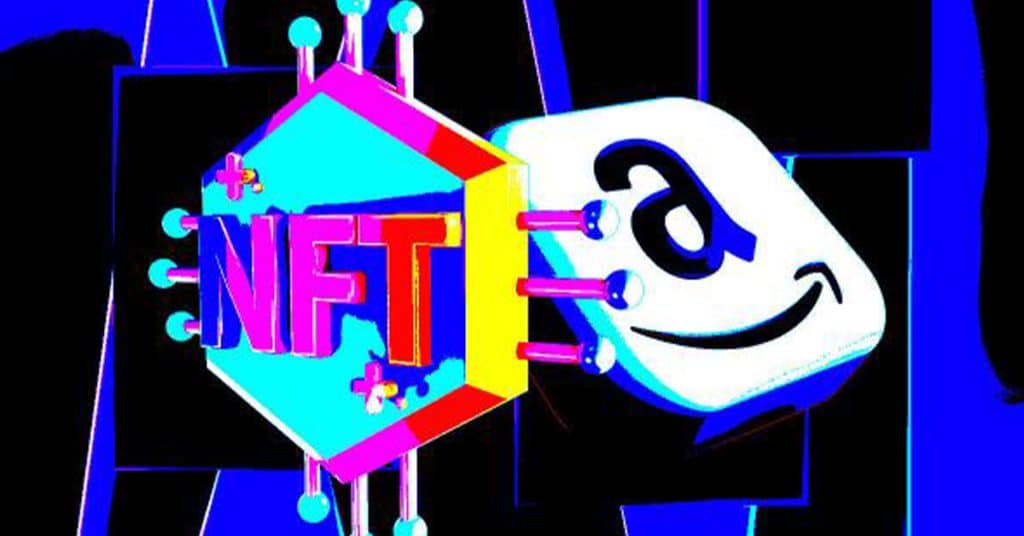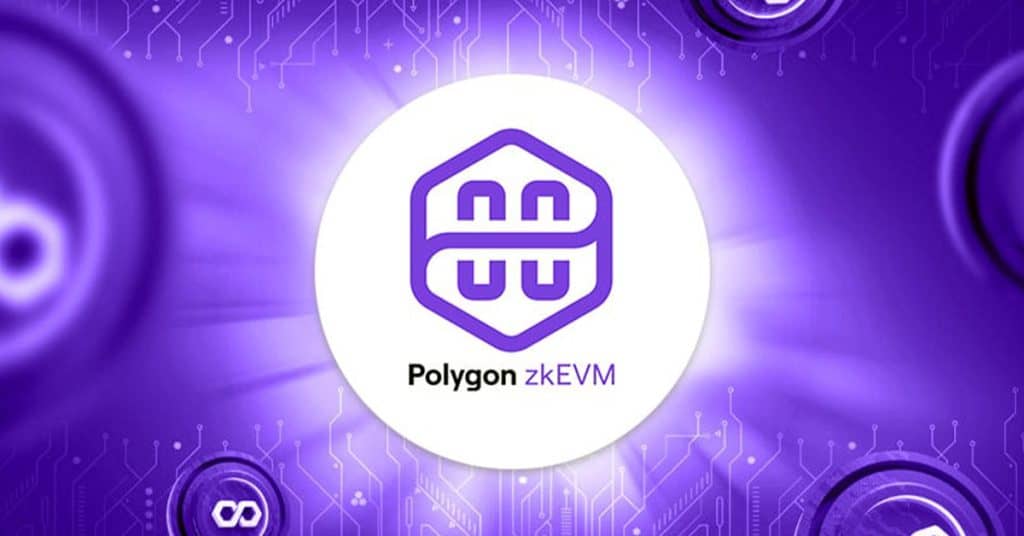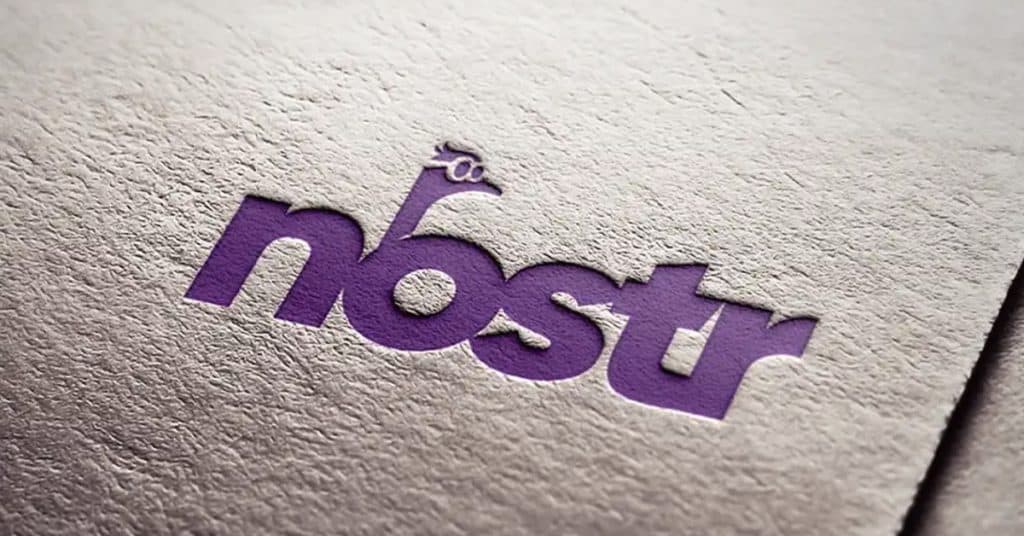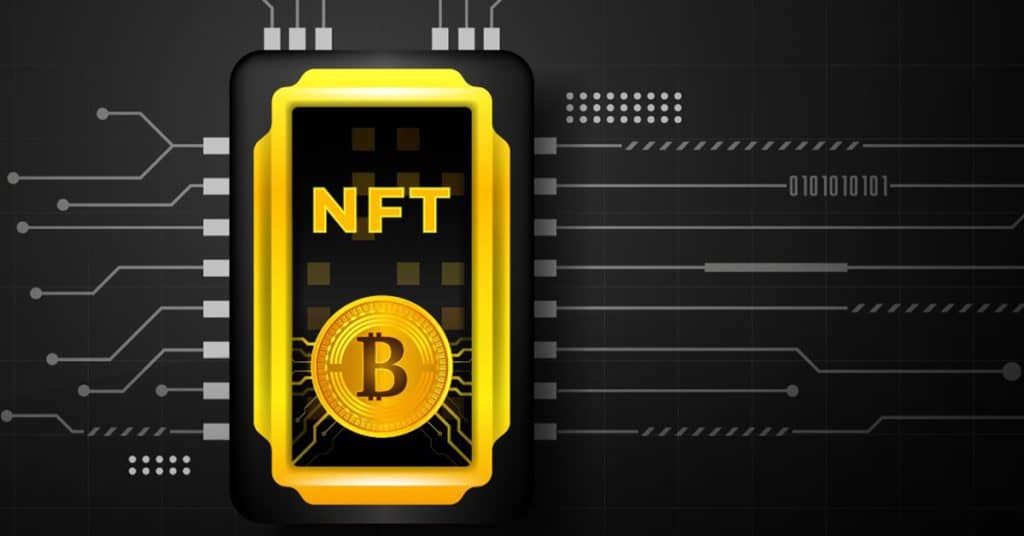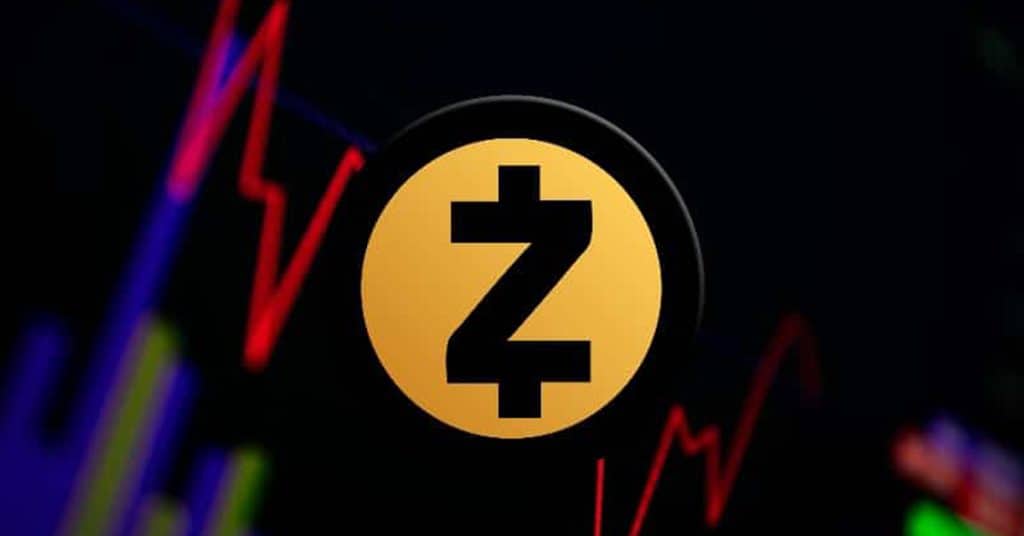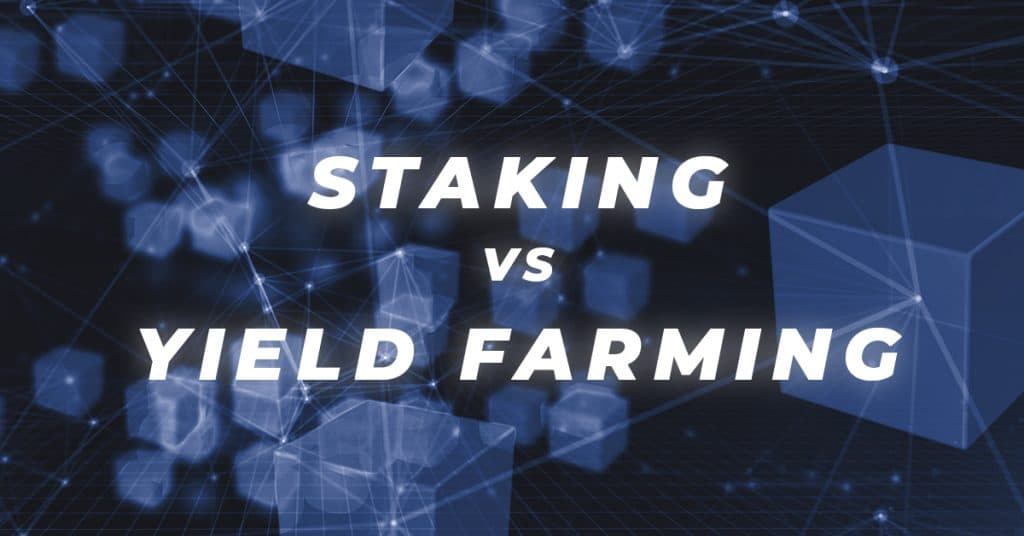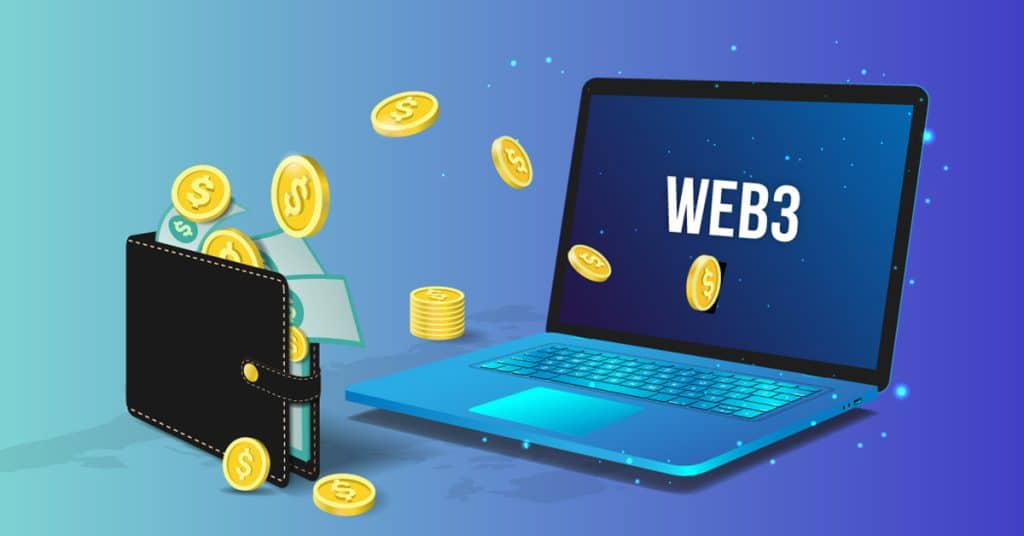What are Flash Loans & How to Use Them?
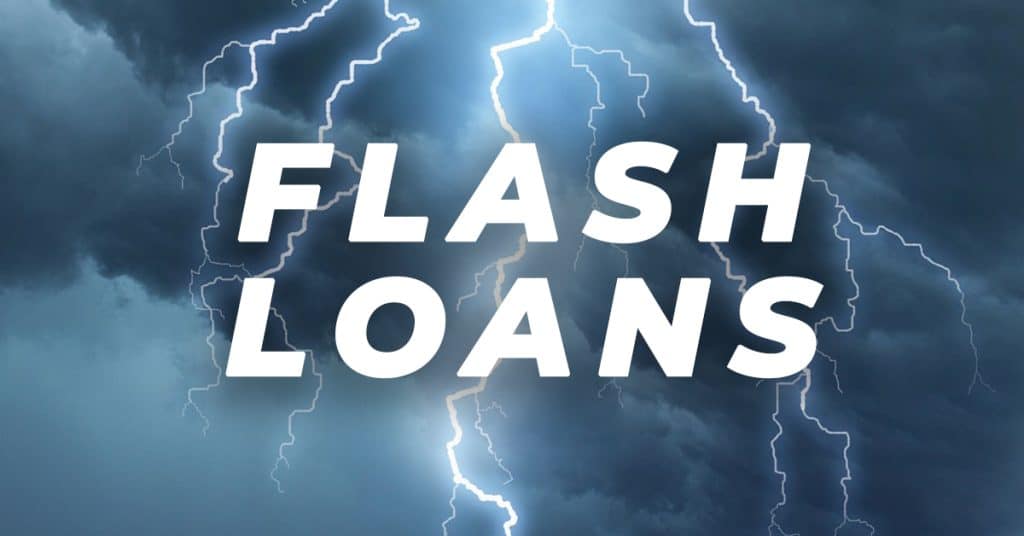
Flash Loans are a form of uncollateralized lending in DeFi. A flash loan allows you to borrow potentially huge sums for the duration of one transaction. But on the condition that the trade you execute with your loaned coins allows you to repay the funds as the final step. This form of loan doesn’t exist in traditional finance (tradfi) but it does make certain tradfi activities easy, such as price arbitrage. Let's unpack.
Flash loans began on Aave. They are an incisive instrument in the MEV toolkit: smart traders can benefit in a flash from their insight in what's going on in the mempool. When they spot a good trade, they loan money, execute the trade, and repay the loan. They don’t have to carry around the funds: the trade happens in the time it takes to execute an Ethereum transaction. That's a flash indeed.
Why Flash Loans Seem Risky But Aren't
If I say loan, you say leverage trading. Sure, but you would be wrong to think flash loans come with a risk of margin calls and lenders going broke. Because consider the following. Flash loans are also called atomic loans. Meaning that the sequence of operations that make up a transaction can't be broken up. And this means that all the conditions must be met to record that atomic transaction on the blockchain.

